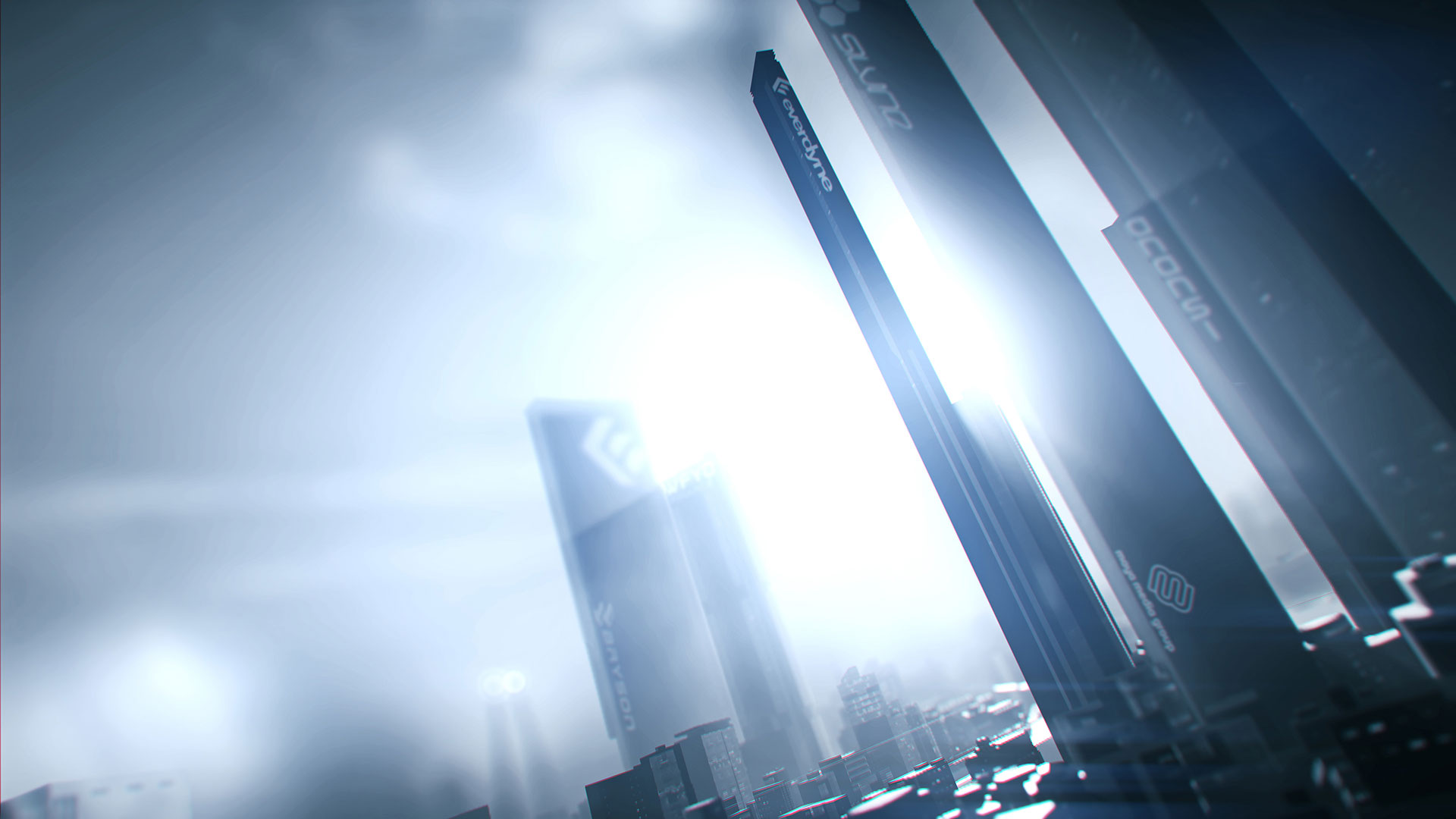
"This world has a history and it has a future." "Your eyes sort of connect those lines together," he says. It’s something Ljungstedt calls "the rhythm of details," the art of placing objects in just the right way. However, there’s a balance between giving players the knowledge they need to navigate a space, and not making it feel like a place that’s been designed for a video game. Especially after you’ve played for a while, you’ll notice parts of the environment that can help you get around an air duct of a certain height that you can vault over, a wall you can run across, or a ledge that’s just within reach.

#CASCADIA MIRRORS EDGE HOW TO#
Faith has a wide range of abilities at her disposal - she can run along walls, jump over huge gaps, and slide under obstacles - including a type of augmented reality view called "runner vision" that lets her see the ideal path to her destination.Įven still, just looking at a location without the runner vision on can give you a good idea of how to proceed. Figuring out how to get around also comes down to the little details. But the City of Glass is filled with specific spots where you can get up high to get your bearings and survey the concrete jungle around you to formulate a plan. Those vantage points are especially important in Catalyst, where the more open nature means it’s much more likely players will get lost. We worked with that, and tried to create these mountains and valleys, so you could get higher up and read the space and try to find different routes." " you have mountains, you have valleys, and the same principle can apply to a city. "The way I look at a city is the way I look at nature," Ljungstedt says. Though you’re primarily running along the rooftops of skyscrapers, you’ll also be ziplining up and down, moving from high to low as you try to find the fastest route from one point to the next. One of the most important aspects of the City of Glass is its varied terrain. From there, it built on that core by adding more detail. "Those cities have very interesting architectural shapes and forms," says Ljungstedt, "as well as how they build out the infrastructure." The team started out by focusing on the foundational aspects of the city, like having a functioning road grid and districts that were laid out in a way that made sense. They also have a sense of verticality that’s ideal for a game like Mirror’s Edge, where you spend much of your time leaping across tall buildings. The City of Glass is heavily inspired by Asian cities like Singapore, Tokyo, and Shanghai - places that, even in 2016, feel futuristic. Because of this, the team started by looking at real cities to create a foundation that was based in reality. Now that you can explore it from different angles, the developers have less control over what you see in the game. That shift to a more open game means that the team at Dice has to be more wary of creating a city that actually looks and feels like a functioning place.

"The way I look at a city is the way I look at nature."

The previously unnamed metropolis from the original is no more: now it's the City of Glass. Faith can now make detours to take on side missions, search for hidden collectibles, or just explore. But whereas the original was a straightforward affair, with levels that pushed you down a specific path, the sequel is much more open.
#CASCADIA MIRRORS EDGE ZIP#
She uses fast reflexes and parkour-like tricks to zip around the city, delivering packages while running and jumping across rooftops. Like the 2008 original, Mirror’s Edge Catalyst takes place in a near-future metropolis, and stars Faith, a sort of rebellious messenger known as a runner.


 0 kommentar(er)
0 kommentar(er)
